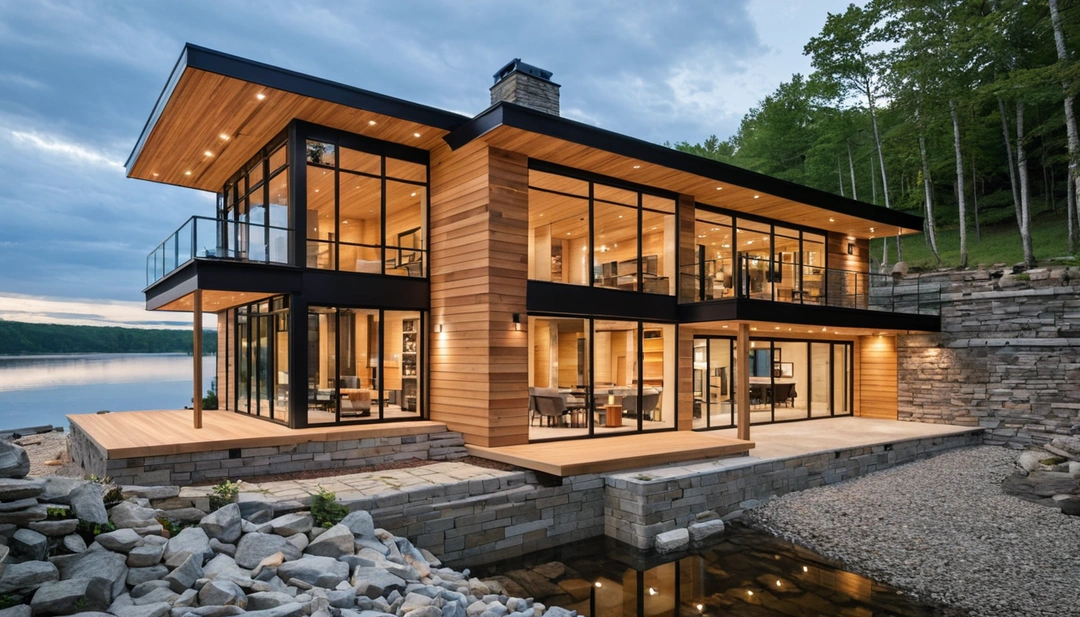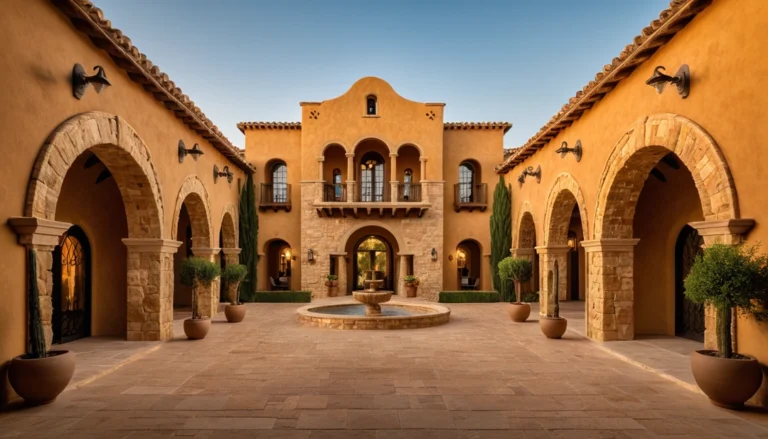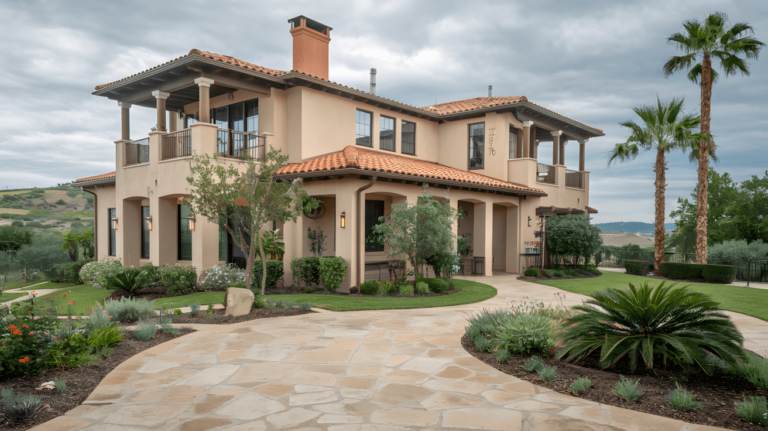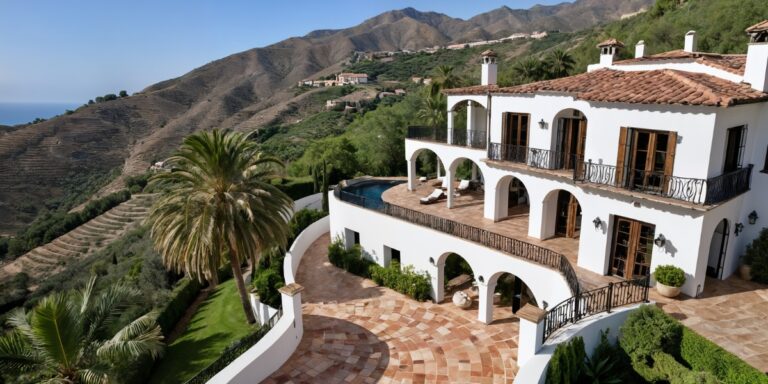In my experience working with homeowners on contemporary residential projects, I’ve observed that modern facade design often creates remarkably impactful and functional home exteriors. Through various architectural projects, I’ve learned that effective contemporary facades typically balance aesthetic appeal with practical performance while incorporating materials and design elements that respond appropriately to climate conditions and neighborhood contexts.
Note: For any major architectural projects, structural modifications, facade installations, or exterior renovations mentioned in this article, always consult with licensed architects, engineers, and contractors to ensure proper design, structural integrity, and code compliance.
What makes modern facade design particularly appealing to many homeowners is its emphasis on creating distinctive architectural character while addressing practical concerns like energy efficiency, weather resistance, and maintenance requirements. I’ve found that people often choose contemporary approaches because they typically offer opportunities for personal expression while providing improved building performance compared to traditional construction methods.
The key to successful modern facade design often lies in balancing innovative materials and forms with proven construction techniques and local climate considerations. Effective contemporary facades typically embrace clean lines and quality materials while incorporating features that enhance both curb appeal and long-term building performance.
Here are 25 approaches to modern house facades that often work well in different settings, based on observations from various contemporary residential projects.
1. Mixed Material Integration
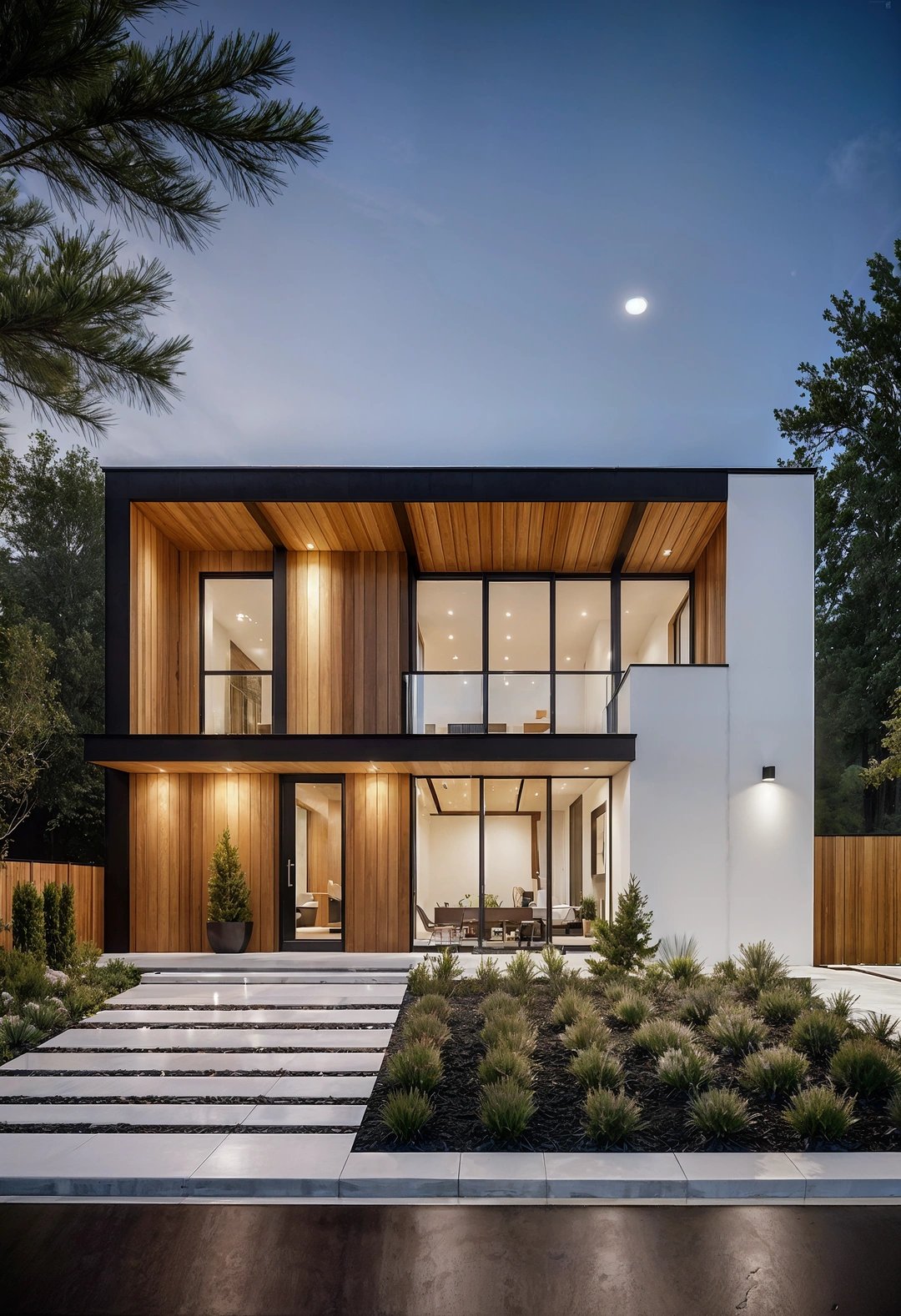
This approach often appeals to homeowners wanting both natural warmth and contemporary sophistication. Glass and wood combinations typically provide excellent natural light while offering the textural variety that prevents modern designs from appearing sterile.
Design consideration: Mixed materials often require careful detailing while their combination should consider different expansion rates and maintenance requirements for long-term performance.
Practical benefit: Quality material combinations typically offer improved weather resistance while providing visual interest that enhances property distinctiveness and market appeal.
2. Asymmetrical Layout Solutions
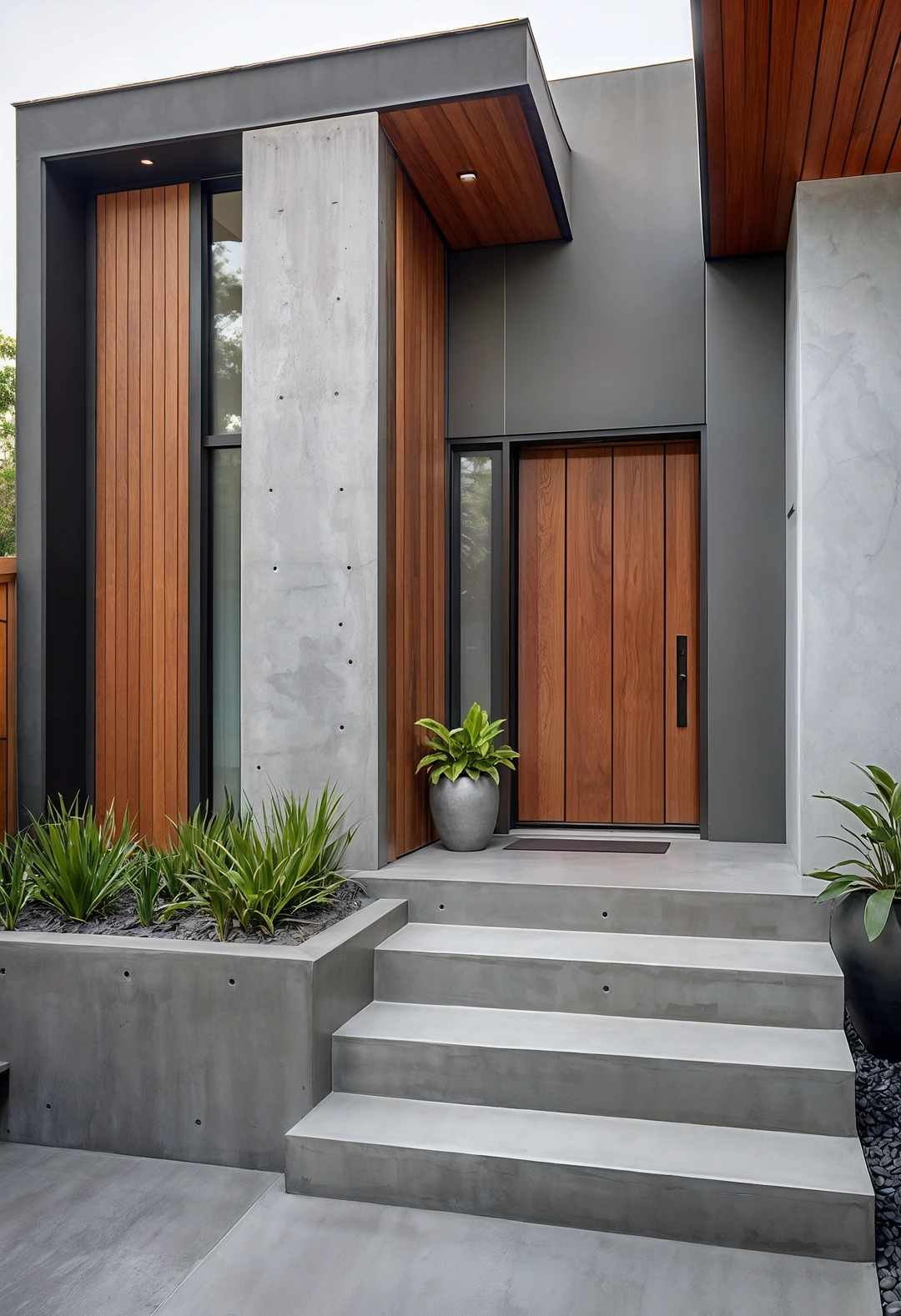
This design strategy often appeals to those wanting distinctive architectural character on challenging lots. L-shaped and irregular forms typically maximize site utilization while creating opportunities for private outdoor spaces and interesting interior layouts.
Design consideration: Asymmetrical designs often require careful structural planning while their complexity can impact construction costs and timeline management.
Practical benefit: Irregular forms typically provide better site adaptation while creating unique spatial experiences that distinguish properties from standard rectangular layouts.
3. Minimalist Geometric Forms
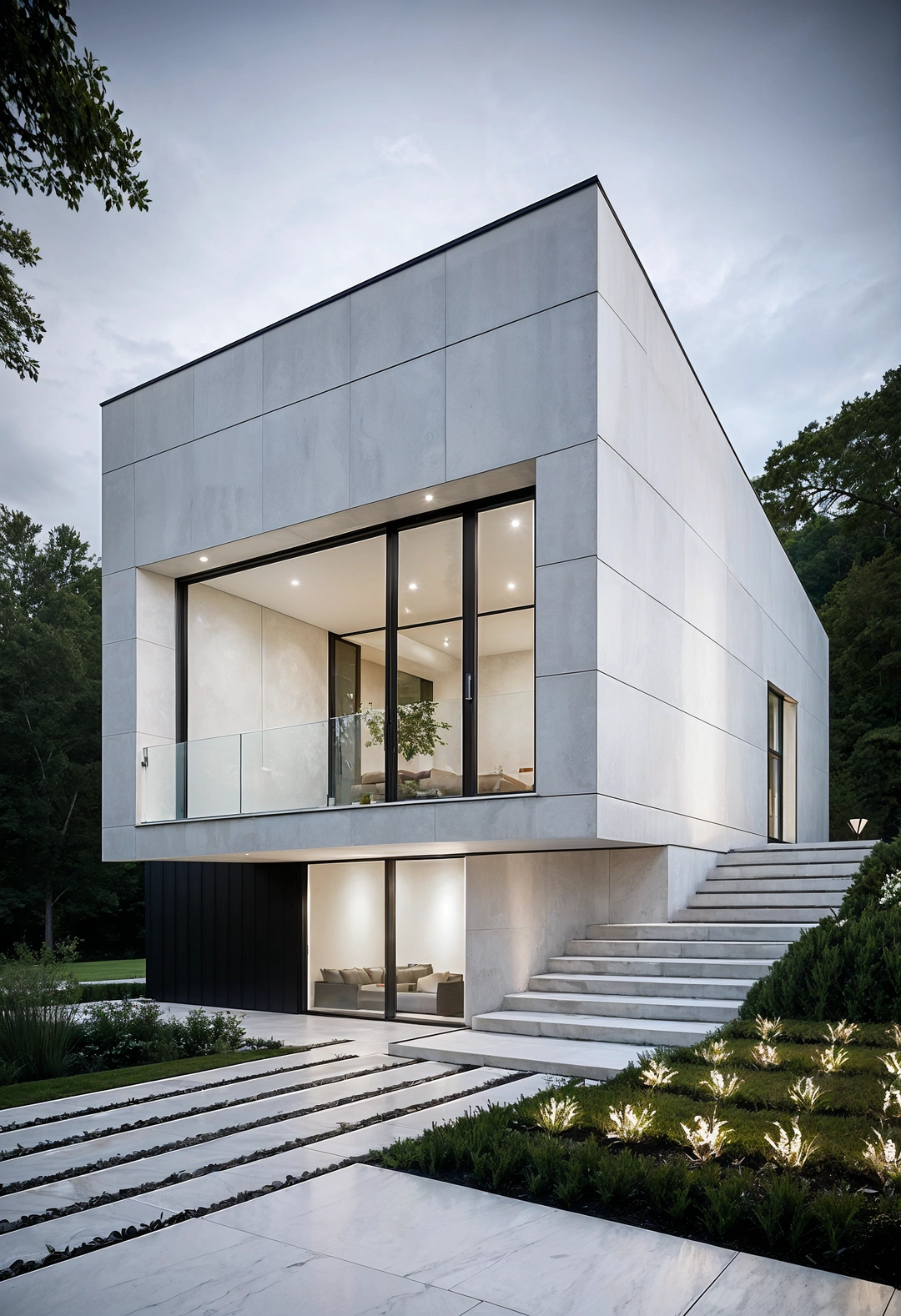
This aesthetic approach often appeals to homeowners wanting clean, uncluttered architectural expression. Simple cubic forms typically provide striking visual impact while offering efficient interior space planning and construction economies.
Design consideration: Minimalist designs often require exceptional material quality while their simplicity demands precise construction to achieve sophisticated results.
Practical benefit: Simple forms typically reduce construction complexity while providing timeless appeal that maintains relevance through changing architectural trends.
4. Multi-Level Composition
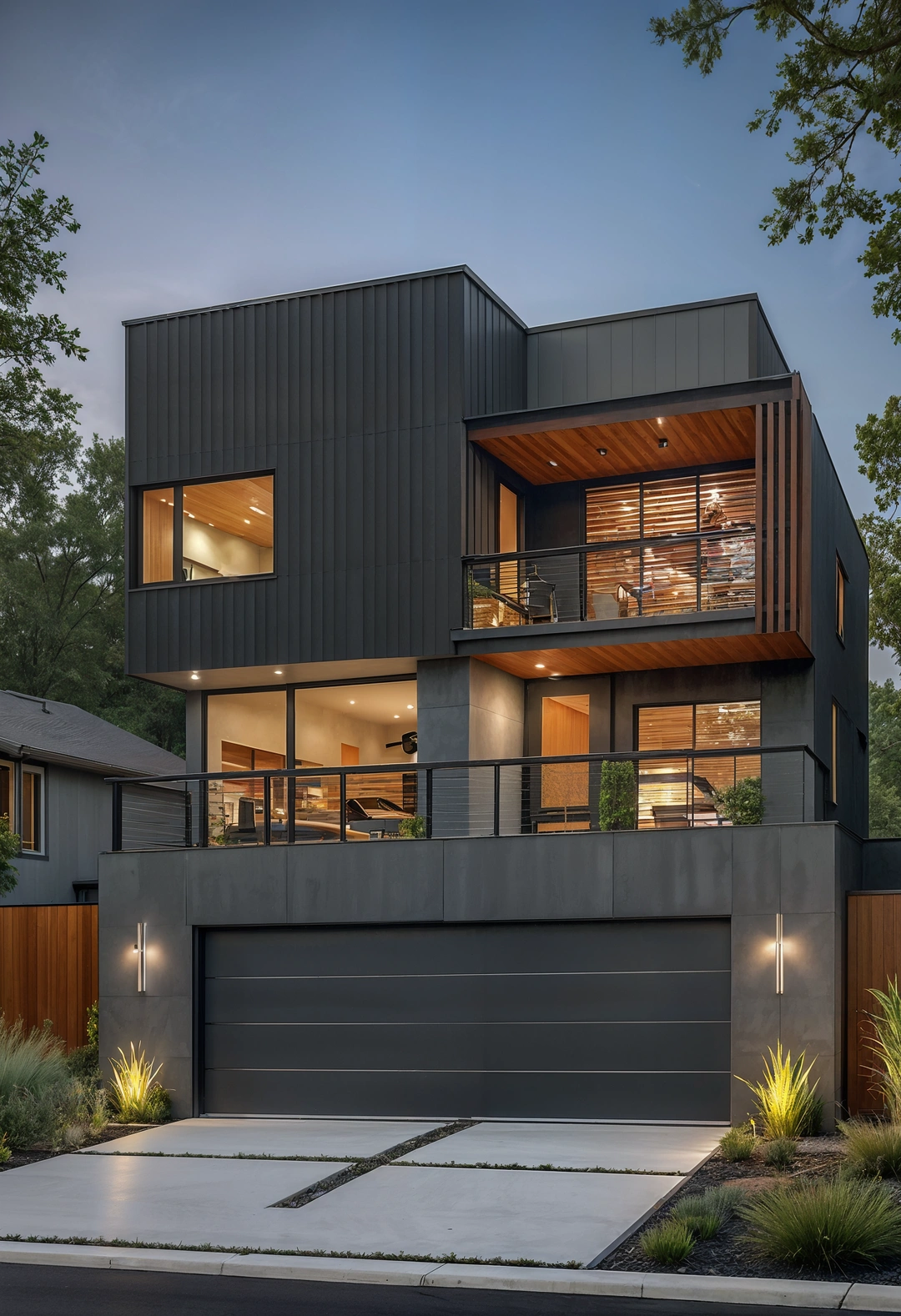
This spatial approach often appeals to families wanting both privacy and openness. Staggered building volumes typically provide visual interest while accommodating different family functions and varying degrees of privacy.
Design consideration: Multi-level designs often require careful coordination of building systems while their complexity should enhance rather than complicate daily family circulation.
Practical benefit: Varied building heights typically improve natural light distribution while providing opportunities for interesting interior spaces and outdoor terraces.
5. Climate-Responsive Design
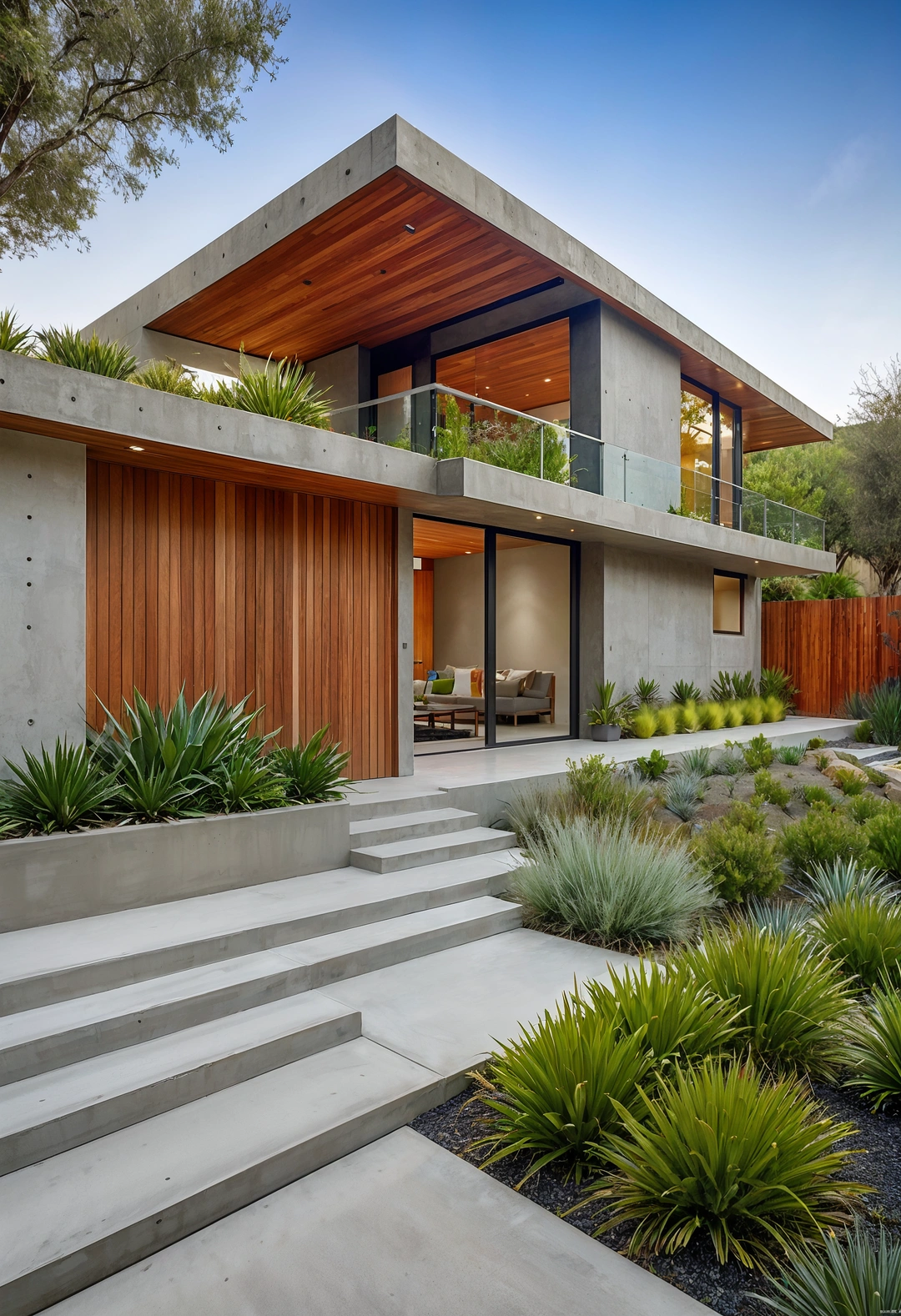
This environmental approach often appeals to homeowners in regions with specific climate challenges. Concrete and wood combinations typically provide thermal mass while offering natural materials that age gracefully in various weather conditions.
Design consideration: Climate-appropriate design often requires understanding regional weather patterns while materials should be selected for both performance and local availability.
Practical benefit: Weather-responsive features typically reduce energy costs while providing superior comfort through passive design that works with rather than against natural conditions.
6. Scandinavian-Inspired Simplicity
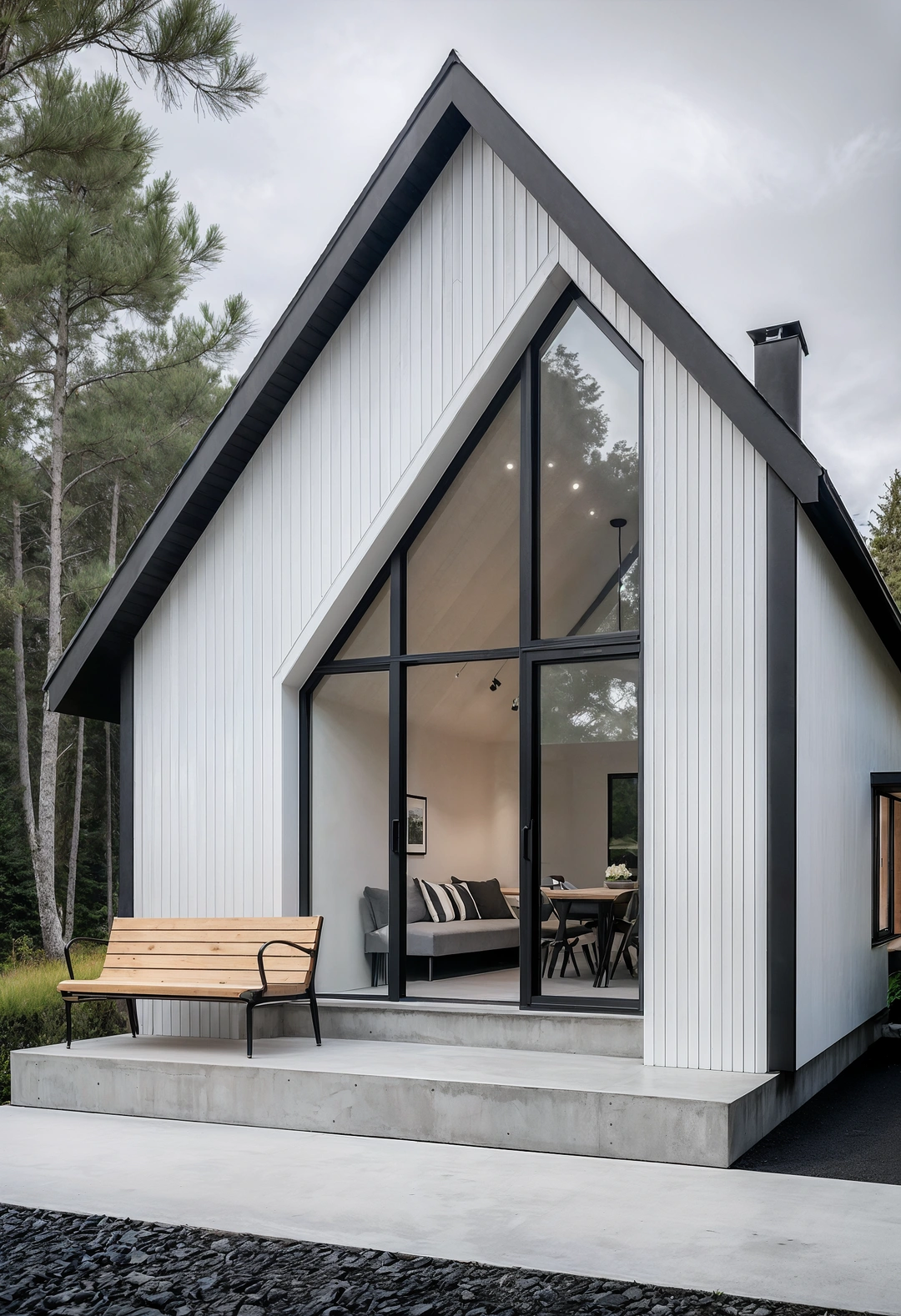
This cultural approach often appeals to those wanting elegant restraint with functional efficiency. Nordic design principles typically emphasize quality materials and careful proportions while maintaining the simplicity that defines Northern European architecture.
Design consideration: Scandinavian styling often requires understanding traditional proportions while modern adaptations should honor cultural authenticity without becoming superficial imitation.
Practical benefit: Nordic design principles typically provide excellent weather resistance while offering timeless aesthetic appeal that maintains market relevance across different style cycles.
7. Urban Density Solutions
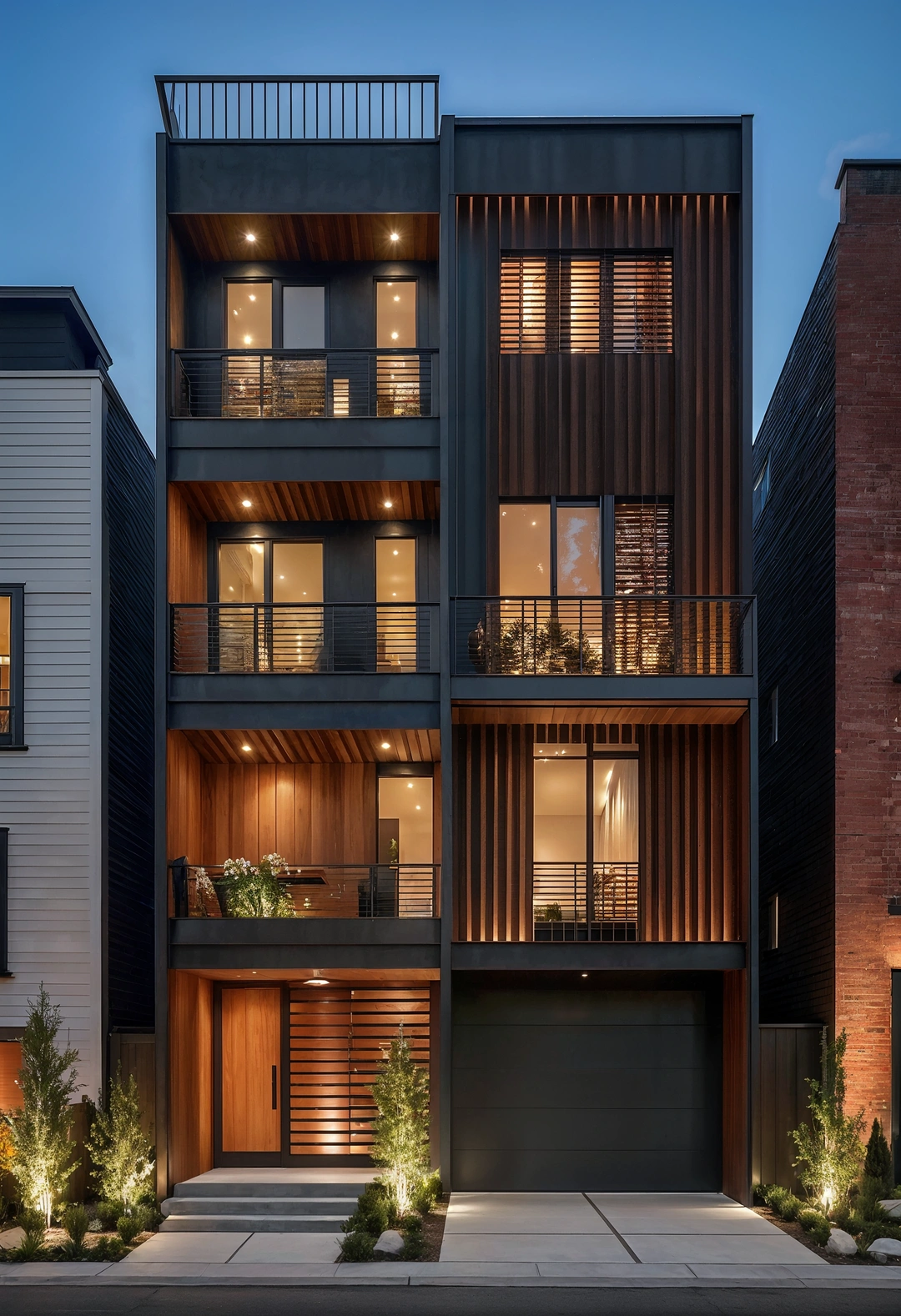
This city-focused approach often appeals to homeowners dealing with limited lot sizes and close neighbors. Vertical emphasis and privacy screening typically maximize space utilization while providing necessary separation from adjacent properties.
Design consideration: Urban designs often require understanding city codes while their solutions should enhance rather than compromise neighborhood character and property values.
Practical benefit: Efficient urban design typically provides better space utilization while creating private outdoor areas that enhance quality of life in dense neighborhoods.
8. Prairie-Inspired Horizontality
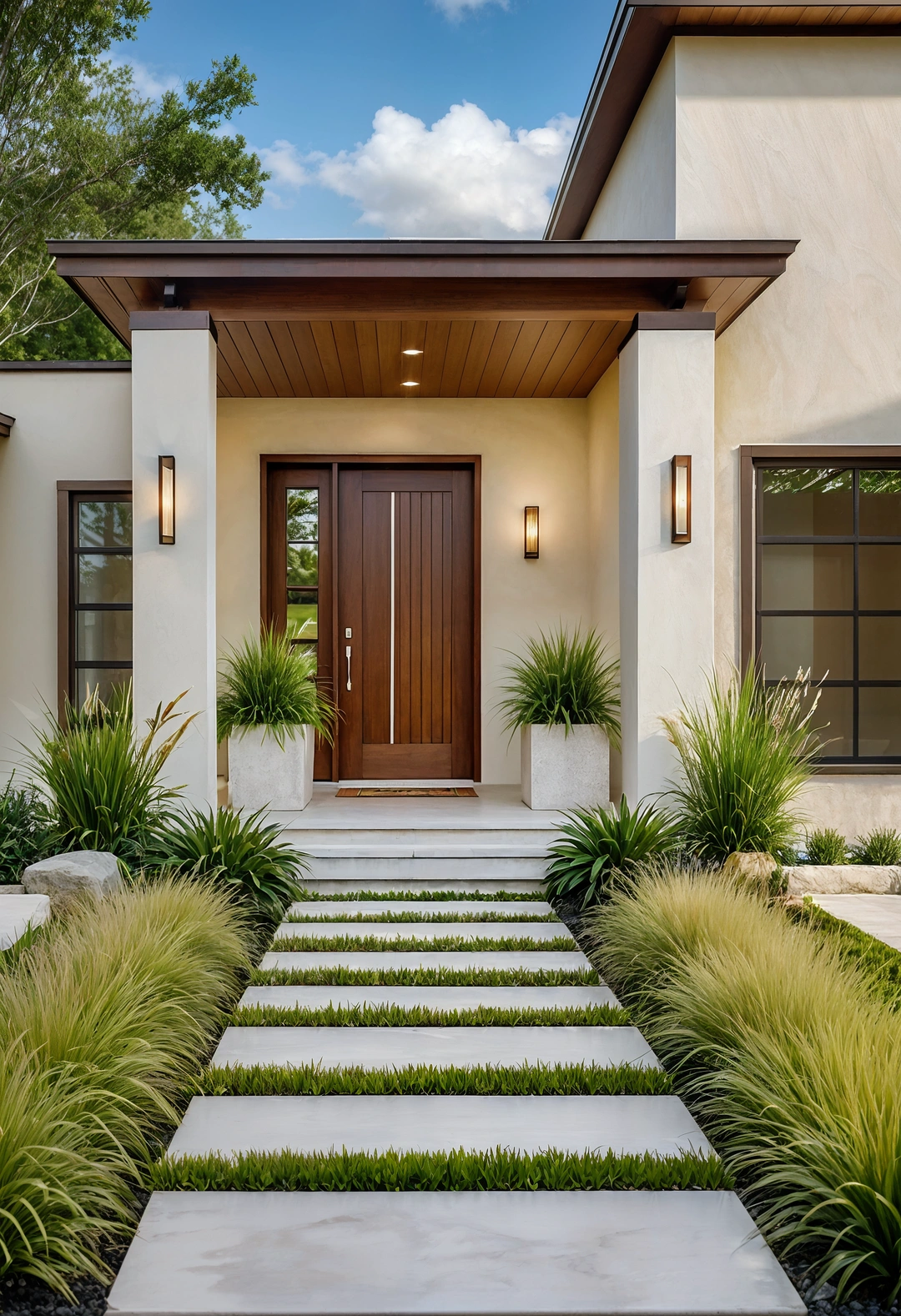
This regional approach often appeals to properties in flat landscapes wanting architectural harmony with natural settings. Horizontal emphasis and extended roof overhangs typically create appropriate scale while providing necessary weather protection.
Design consideration: Prairie-inspired design often works best on appropriate sites while their horizontal emphasis requires adequate lot width for proper proportional relationships.
Practical benefit: Horizontal designs typically integrate well with landscape while providing natural shading that improves energy efficiency and outdoor comfort.
9. Traditional Form Innovation
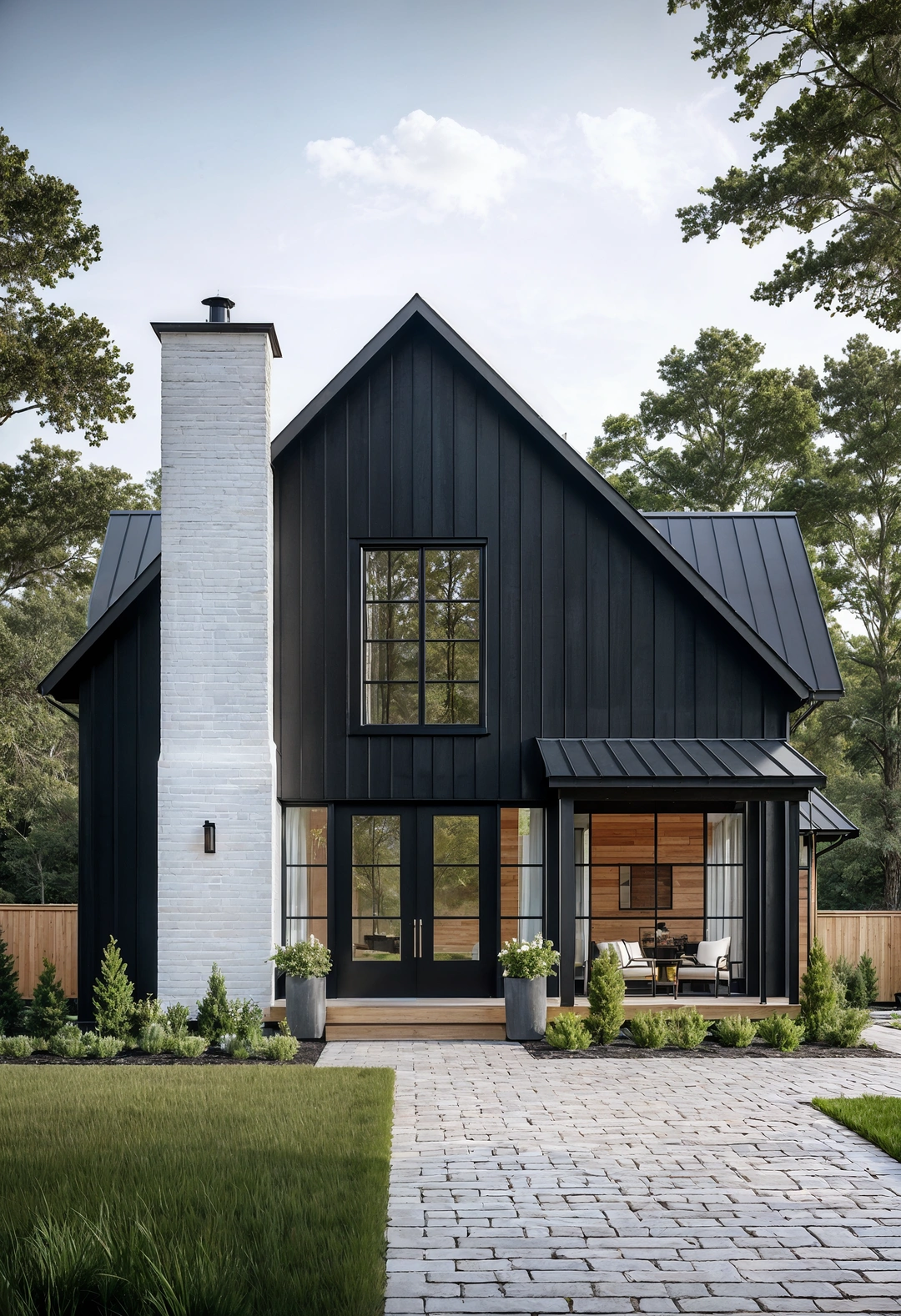
This evolutionary approach often appeals to homeowners wanting familiar comfort with contemporary functionality. Modern interpretations of classic forms typically provide neighborhood compatibility while offering improved building performance.
Design consideration: Updated traditional forms often require balancing innovation with cultural authenticity while their execution should honor rather than caricature historical precedents.
Practical benefit: Familiar forms typically provide neighborhood compatibility while modern materials and systems can offer improved durability and energy efficiency.
10. Zen-Inspired Minimalism
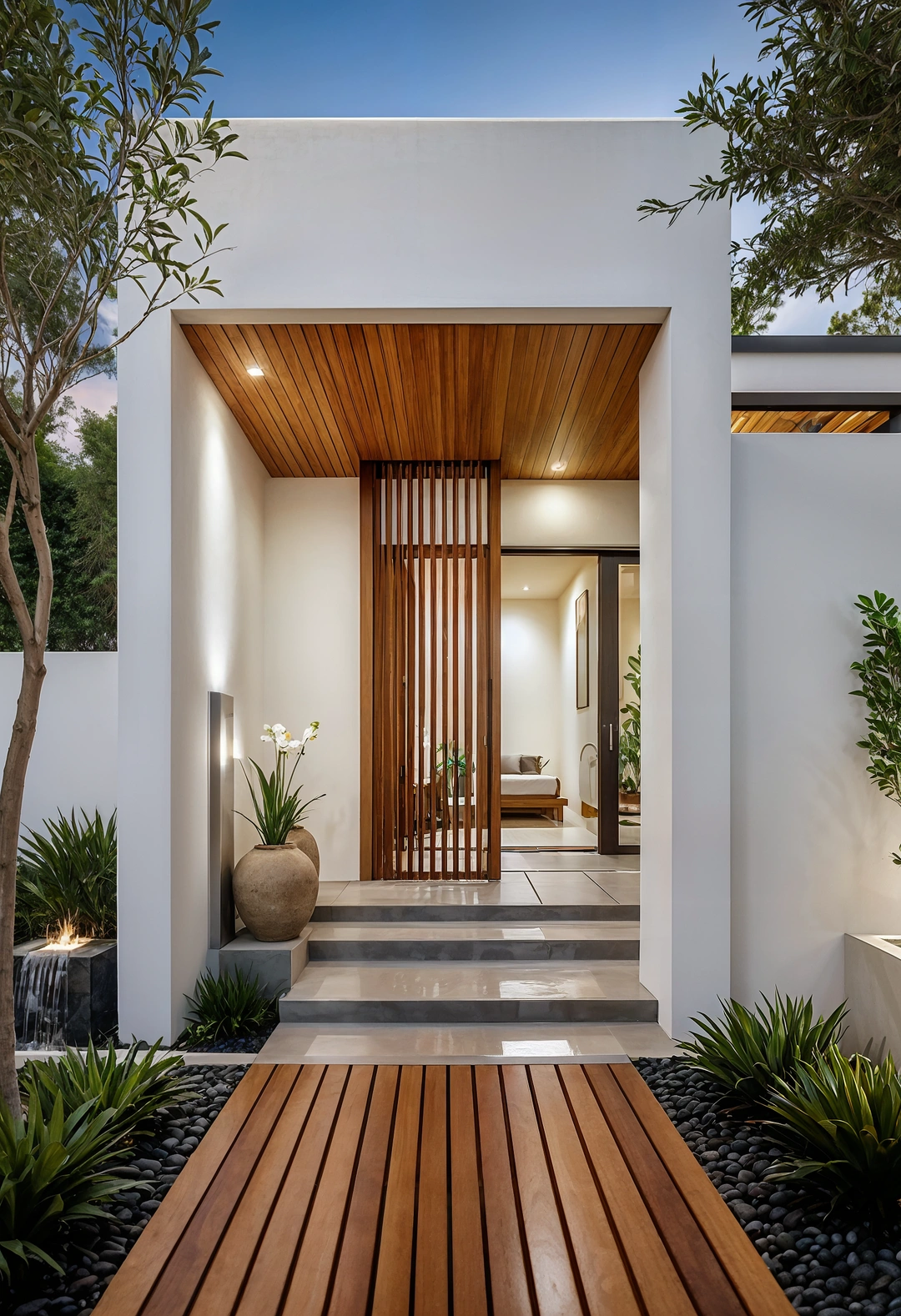
This philosophical approach often appeals to those wanting calm, meditative environments. Simple forms and natural materials typically create serene exteriors while supporting mindful living and connection to nature.
Design consideration: Zen-inspired design often requires understanding Eastern aesthetic principles while their application should enhance rather than superficially appropriate cultural elements.
Practical benefit: Meditative design approaches typically provide stress reduction while creating environments that support wellness and family harmony.
11. Mountain Integration Architecture
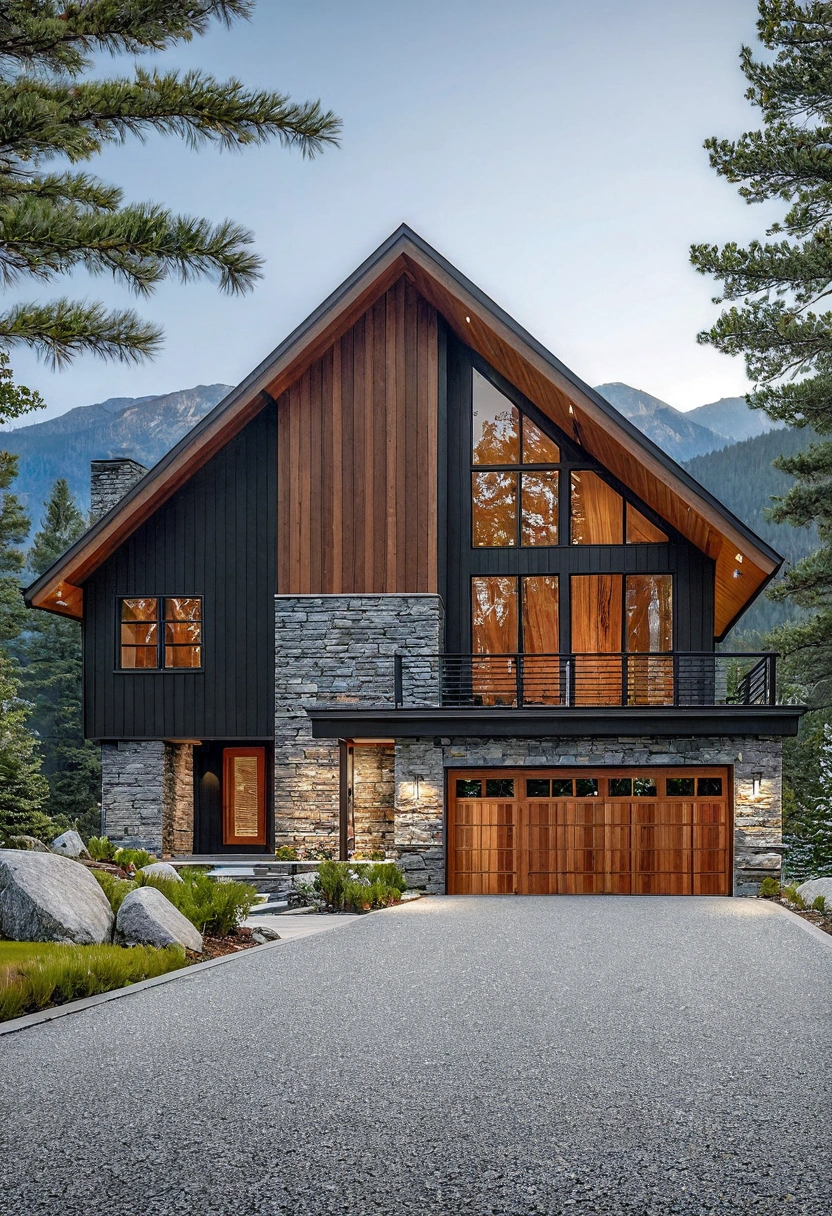
This site-specific approach often appeals to properties in dramatic natural settings. Angular forms that echo landscape features typically create appropriate visual relationships while providing necessary structural stability.
Design consideration: Mountain architecture often requires specialized engineering while their materials should withstand extreme weather conditions and seasonal temperature variations.
Practical benefit: Site-appropriate design typically enhances property value while providing superior weather resistance and natural integration that improves long-term durability.
12. Contemporary Mediterranean Adaptation
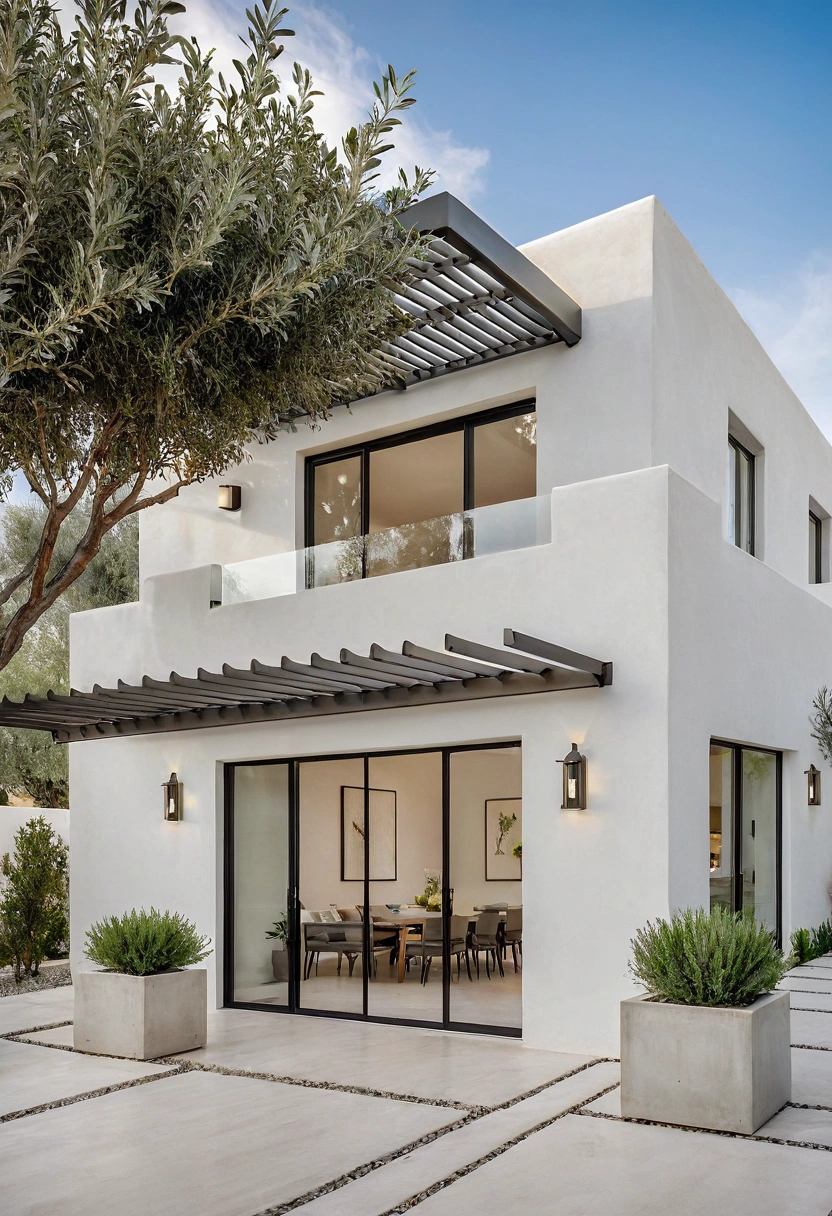
This cultural fusion approach often appeals to homeowners wanting warm climate comfort with modern efficiency. Updated traditional elements typically provide cultural continuity while offering improved building performance.
Design consideration: Mediterranean adaptations often require understanding traditional climate responses while modern systems should integrate seamlessly with historical forms and proportions.
Practical benefit: Climate-tested traditional forms typically provide excellent comfort while modern materials can offer improved durability and reduced maintenance requirements.
13. Industrial Material Applications
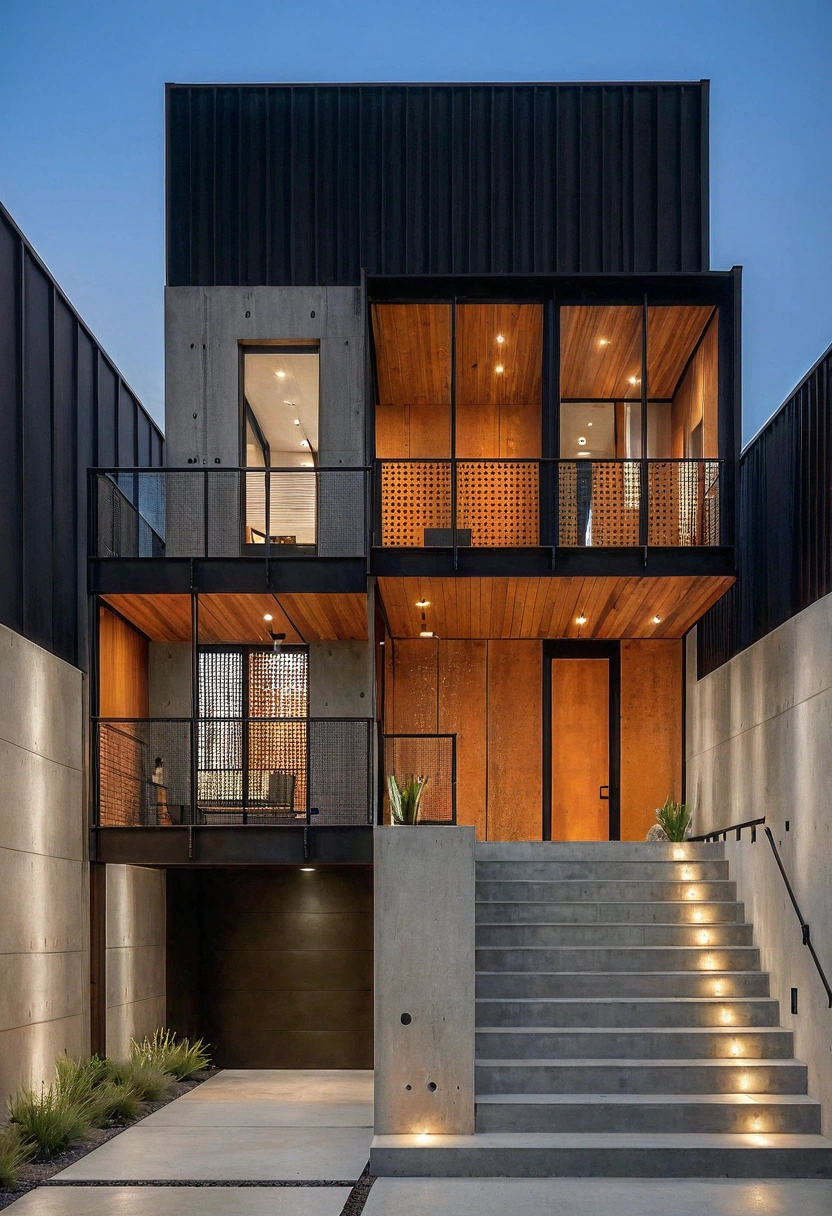
This material approach often appeals to those wanting distinctive character through unconventional residential materials. Industrial elements typically provide unique aesthetic appeal while offering superior durability and weather resistance.
Design consideration: Industrial materials often require specialized installation while their residential application should consider acoustic properties and thermal performance for family comfort.
Practical benefit: Commercial-grade materials typically offer exceptional longevity while providing distinctive character that distinguishes properties from standard residential construction.
14. Coastal Environment Adaptation
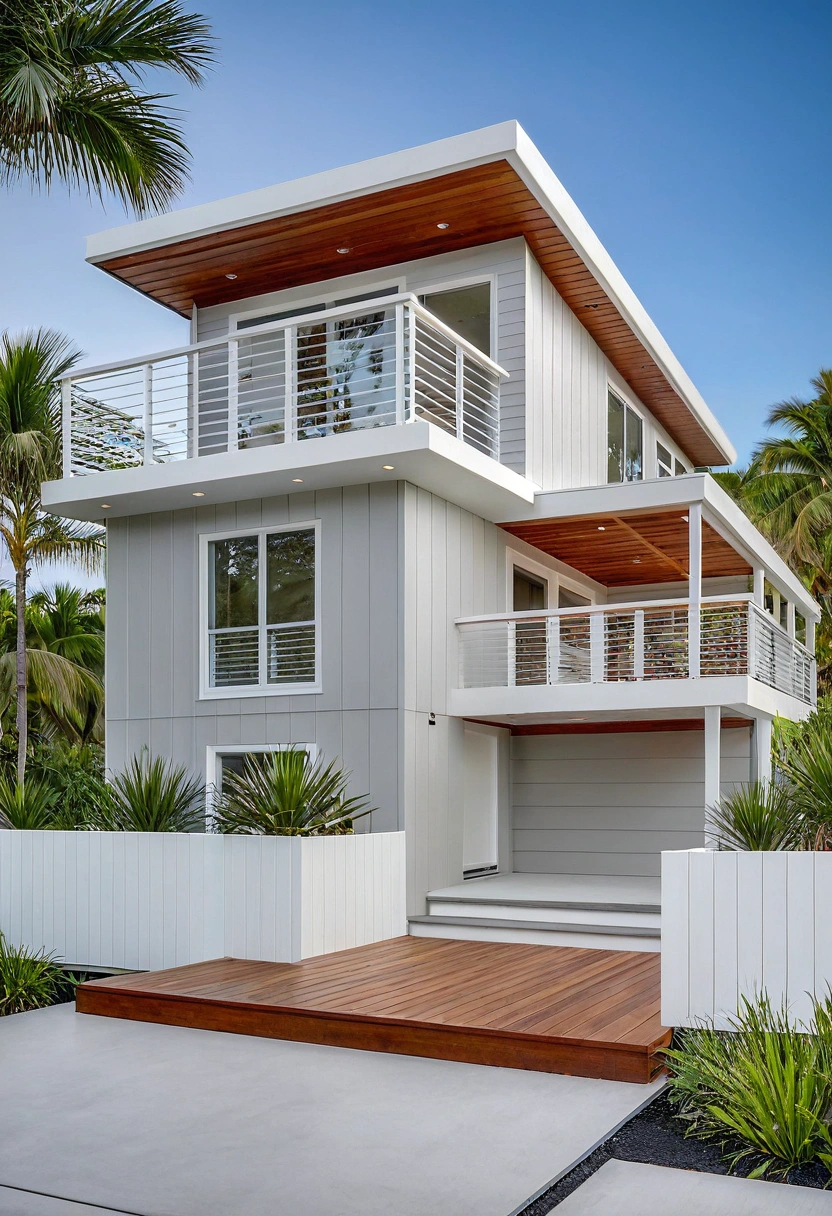
This environmental approach often appeals to waterfront properties requiring both beauty and weather resistance. Elevated construction and marine-appropriate materials typically provide necessary protection while maximizing water views.
Design consideration: Coastal design often requires understanding salt air effects while their construction should meet flood zone requirements and hurricane resistance standards.
Practical benefit: Coastal-appropriate construction typically provides superior storm resistance while offering the elevated positions that maximize water views and property values.
15. Desert Climate Optimization
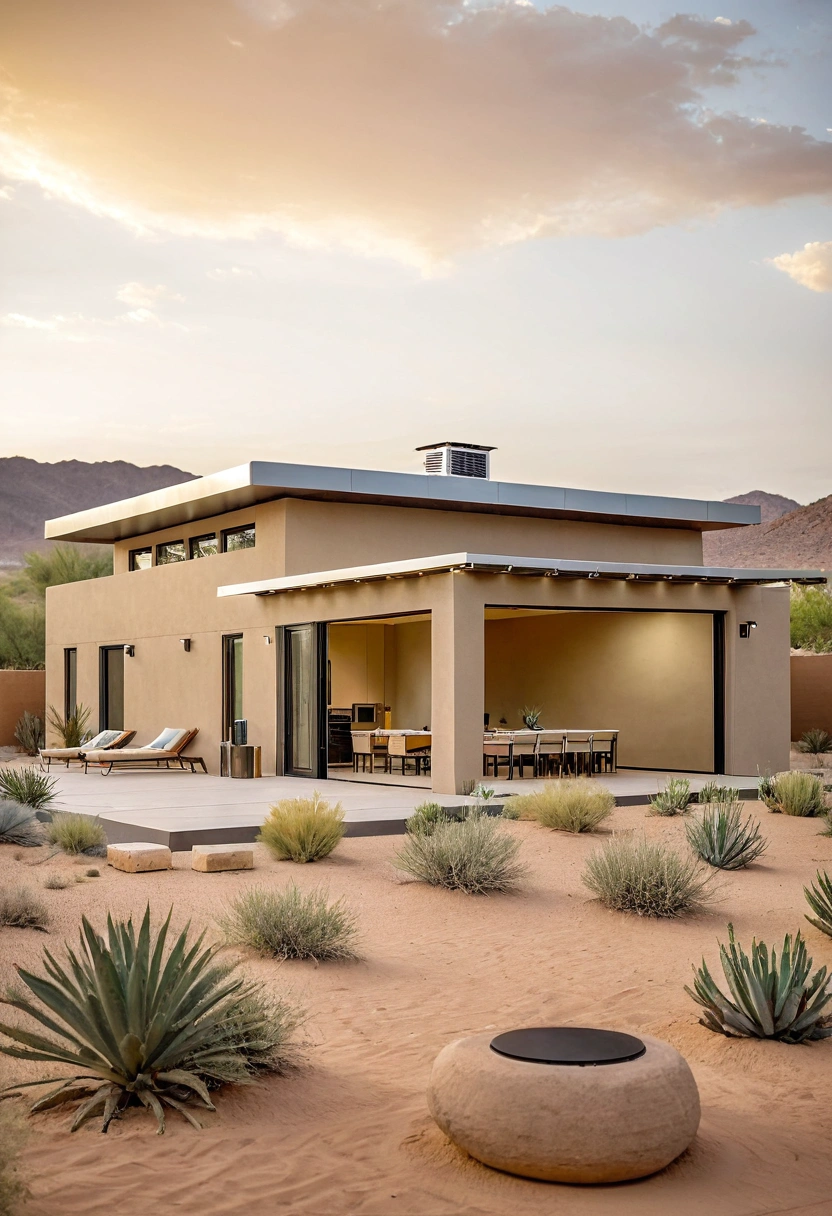
This regional approach often appeals to arid climate properties wanting both comfort and sustainability. Thermal mass materials and shade structures typically provide natural cooling while reducing dependence on mechanical systems.
Design consideration: Desert design often requires understanding sun angles while materials should be selected for both thermal performance and resistance to extreme temperature variations.
Practical benefit: Climate-optimized design typically reduces energy costs while providing superior comfort through passive strategies that work effectively in challenging environments.
16. Scandinavian Eco-Conscious Design
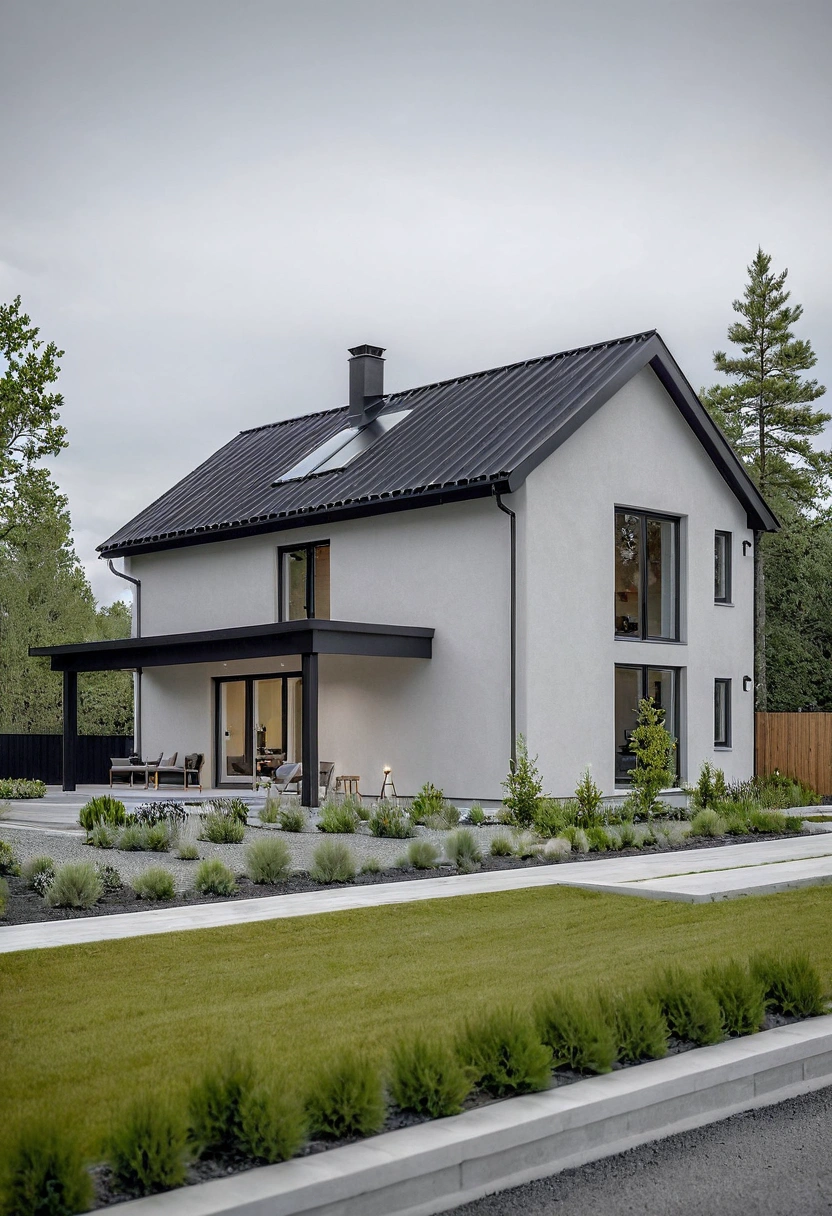
This sustainable approach often appeals to environmentally conscious homeowners wanting both efficiency and aesthetic appeal. Green roof systems and natural materials typically provide environmental benefits while creating distinctive architectural character.
Design consideration: Eco-conscious design often requires understanding building performance while sustainable features should enhance rather than compromise architectural aesthetics and functionality.
Practical benefit: Environmental features typically reduce operating costs while providing health benefits and potential tax incentives that improve long-term property economics.
17. Urban Innovation Solutions
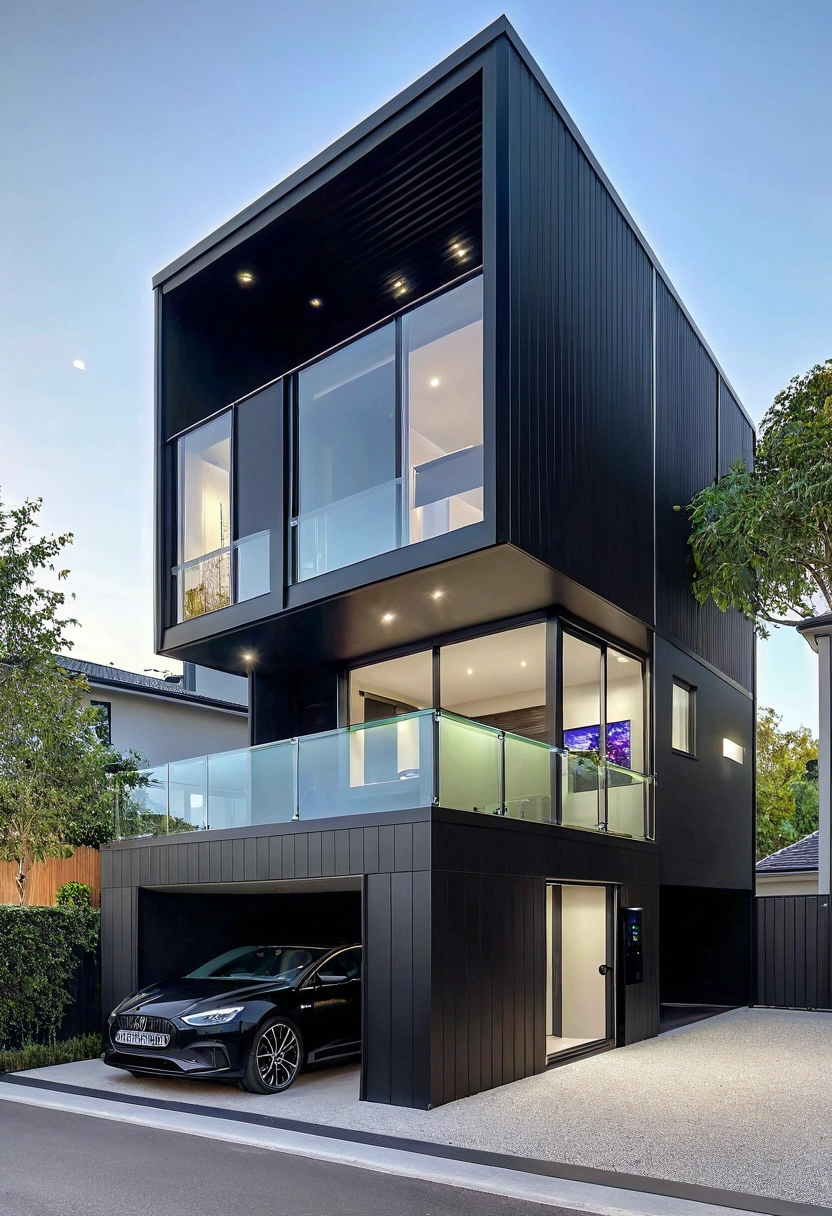
This technology-forward approach often appeals to city dwellers wanting cutting-edge design with practical functionality. Advanced materials and systems typically provide superior performance while creating striking architectural statements.
Design consideration: Innovative materials often require research for long-term performance while their application should consider maintenance requirements and replacement availability.
Practical benefit: Advanced building technologies typically offer improved efficiency while providing unique character that distinguishes properties in competitive urban markets.
18. Mid-Century Revival Adaptation
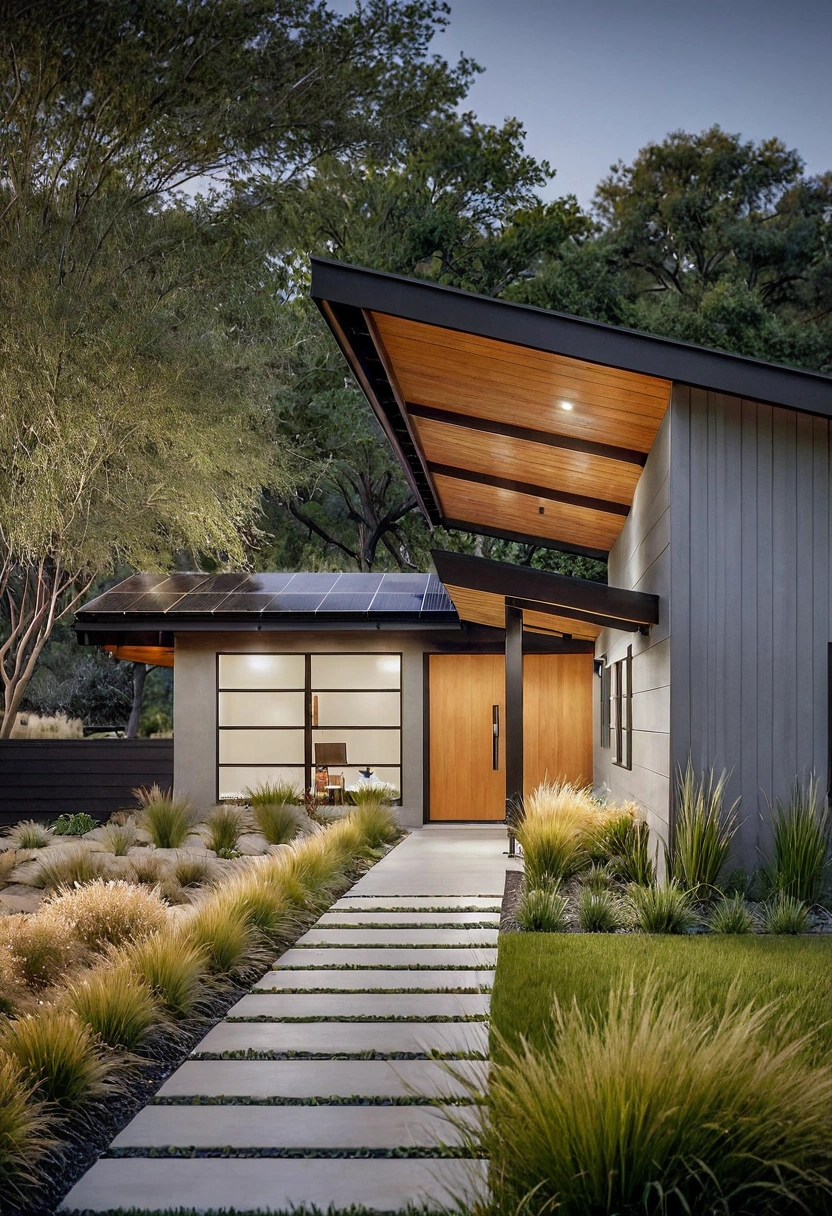
This historical approach often appeals to homeowners appreciating post-war architectural heritage with contemporary improvements. Updated mid-century elements typically provide period authenticity while offering modern building performance.
Design consideration: Mid-century revival often requires understanding original design principles while modern systems should integrate without compromising historical character and proportions.
Practical benefit: Period-appropriate design typically appeals to specific market segments while modern updates can provide improved efficiency and reduced maintenance requirements.
19. Courtyard-Focused Organization
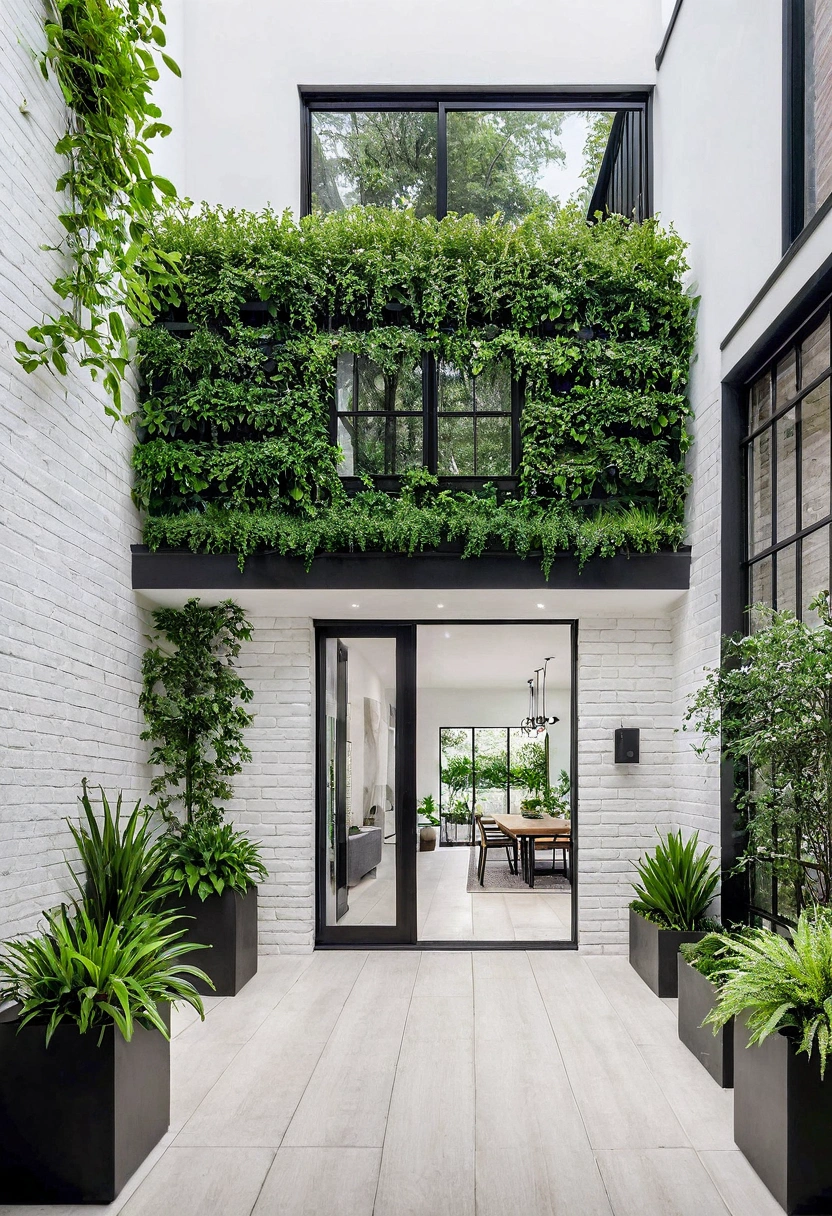
This privacy approach often appeals to urban families wanting protected outdoor space with architectural sophistication. Interior courtyards and entry sequences typically provide privacy while creating opportunities for landscape integration.
Design consideration: Courtyard design often requires careful drainage planning while their enclosure should provide privacy without compromising natural light and air circulation.
Practical benefit: Protected outdoor spaces typically extend usable living areas while providing security and privacy that enhance family comfort and property value.
20. Pacific Northwest Regional Response
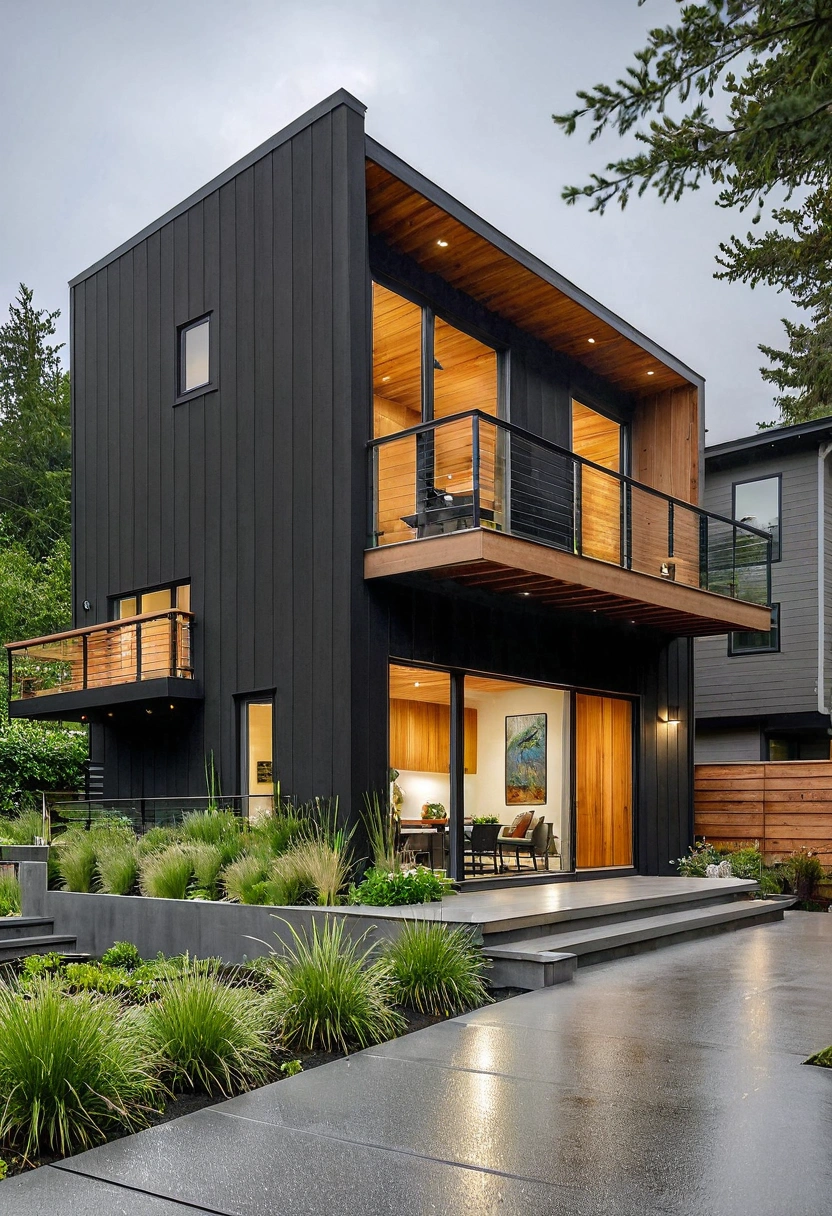
This climate-specific approach often appeals to properties in wet climates wanting both weather protection and natural integration. Rain-resistant materials and systems typically provide necessary protection while honoring regional building traditions.
Design consideration: Wet climate design often requires understanding moisture management while materials should develop attractive patina rather than deteriorating under constant moisture exposure.
Practical benefit: Regionally appropriate design typically provides superior weather resistance while honoring local building traditions that enhance neighborhood compatibility.
21. Urban Historic Context Integration
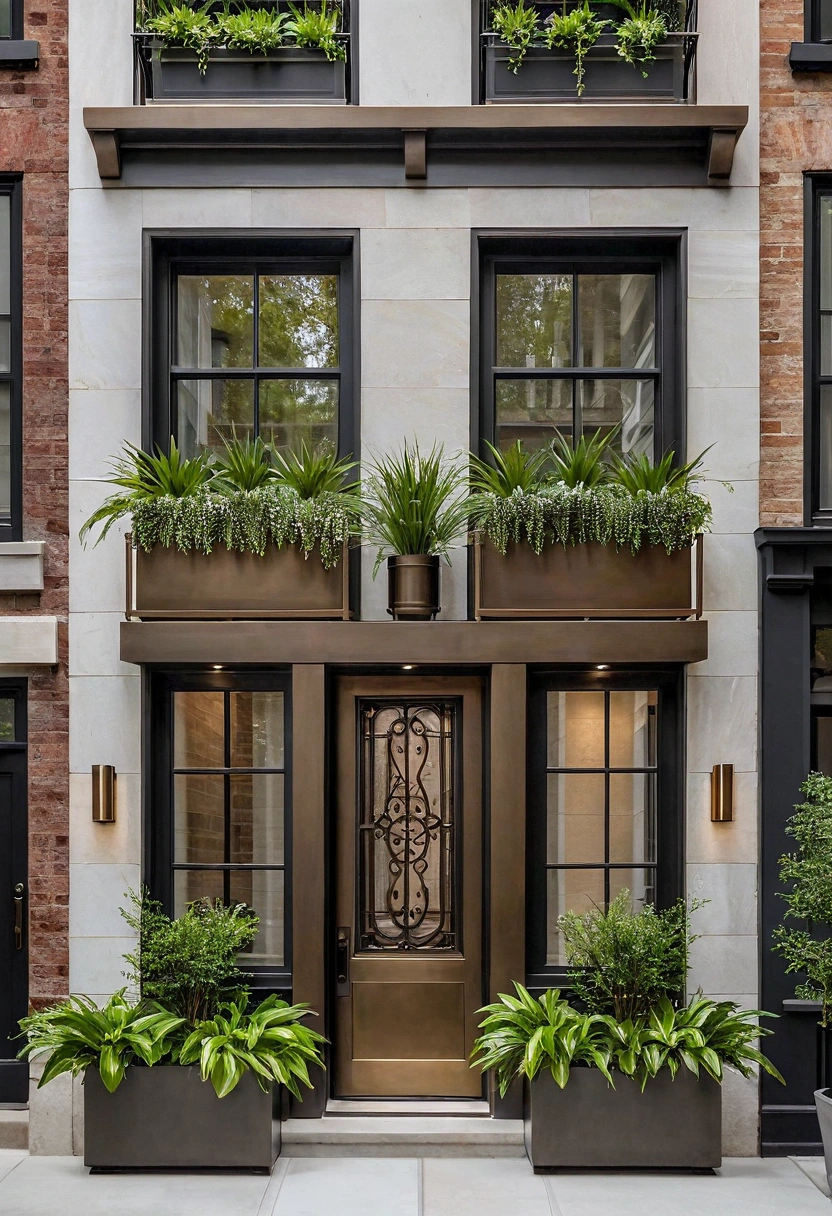
This contextual approach often appeals to historic neighborhood properties wanting contemporary comfort with appropriate scale and character. Modern materials that respect historical proportions typically provide functionality while maintaining neighborhood character.
Design consideration: Historic context design often requires understanding preservation guidelines while new construction should enhance rather than compete with established neighborhood character.
Practical benefit: Context-sensitive design typically receives better community acceptance while providing the contemporary functionality that modern families require for daily living.
22. Sustainable Innovation Integration
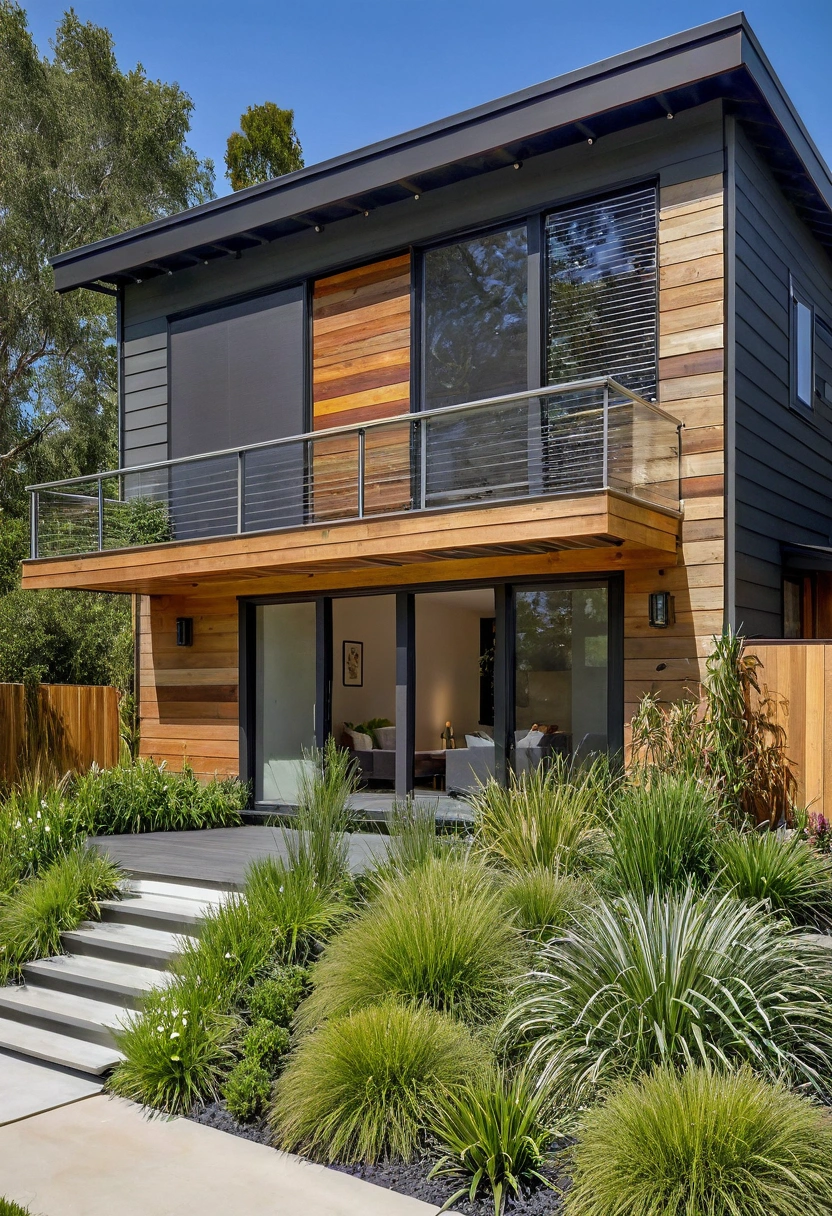
This forward-thinking approach often appeals to environmentally conscious homeowners wanting both performance and responsibility. Reclaimed materials and energy systems typically provide environmental benefits while creating unique architectural character.
Design consideration: Sustainable design often requires life-cycle analysis while eco-friendly features should integrate seamlessly with overall architectural composition and daily functionality.
Practical benefit: Environmental innovations typically reduce operating costs while providing health benefits and potential incentives that improve long-term property economics and market appeal.
23. International Modern Influence
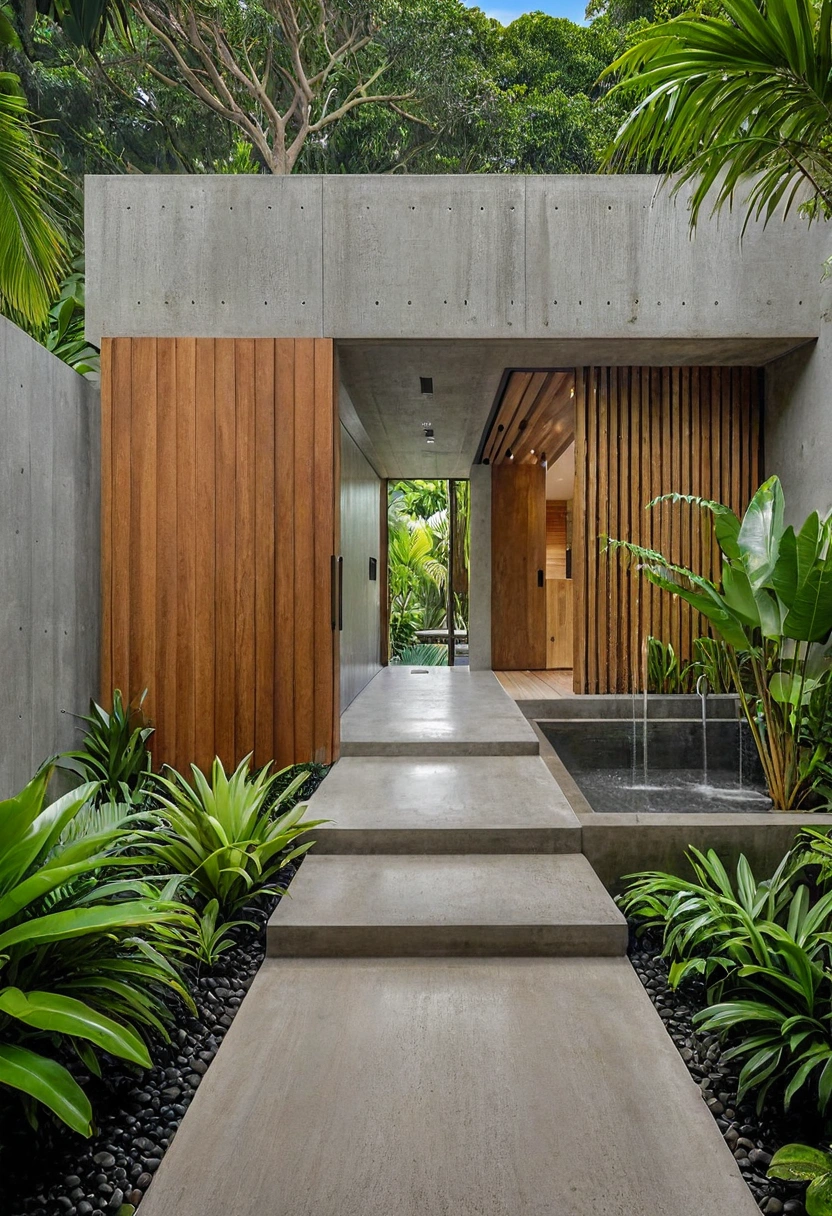
This cultural approach often appeals to well-traveled homeowners wanting global sophistication with regional adaptation. International design elements typically provide unique character while requiring adaptation to local climate and building codes.
Design consideration: International styles often require understanding cultural authenticity while their application should respect local building traditions and regulatory requirements.
Practical benefit: Globally-inspired design typically provides distinctive character while demonstrating cultural appreciation that can enhance property uniqueness and market positioning.
24. Natural Setting Integration
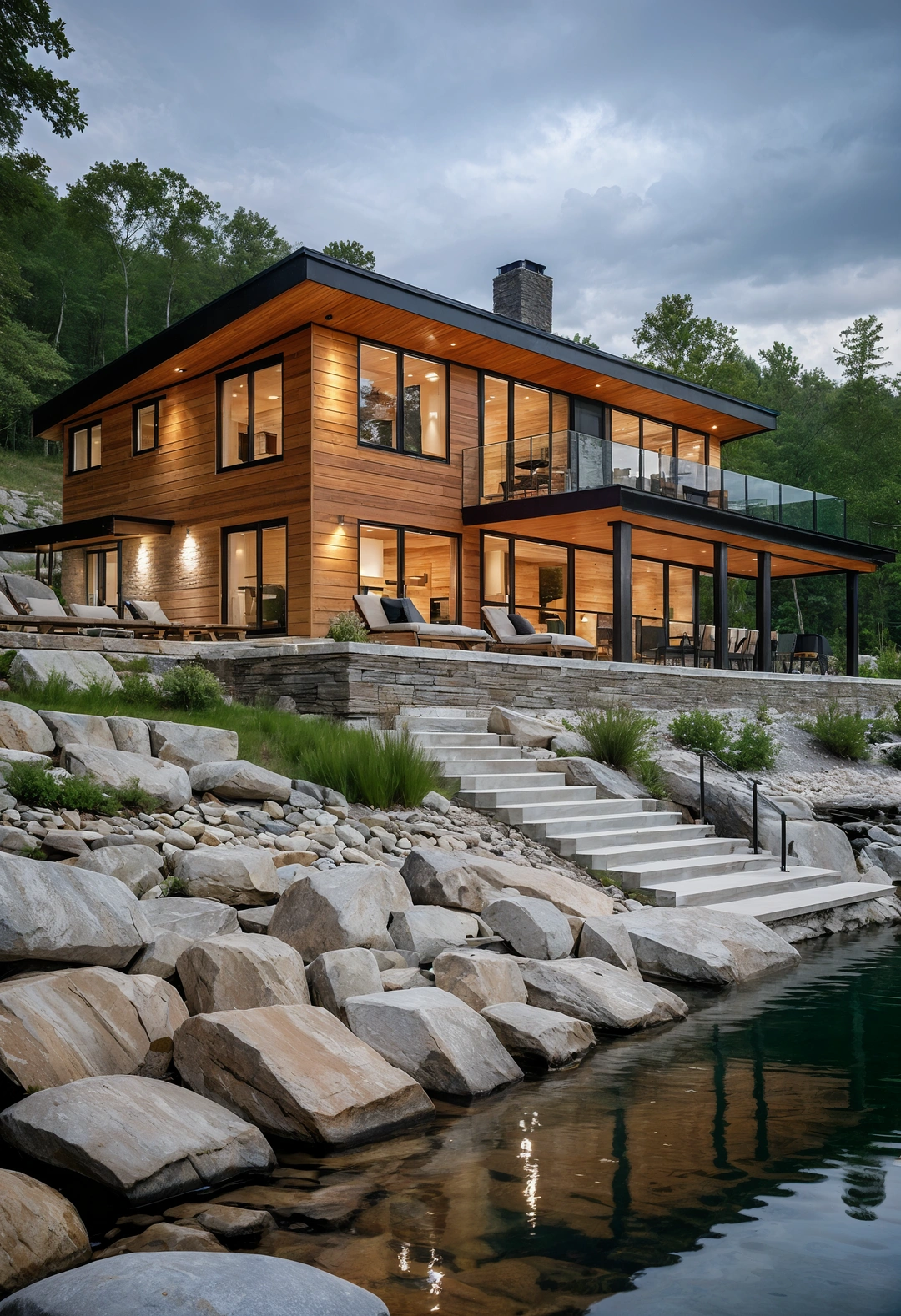
This landscape approach often appeals to properties with significant natural features wanting architectural harmony with existing conditions. Site-responsive design typically enhances rather than competes with natural beauty.
Design consideration: Natural integration often requires careful site analysis while construction should minimize environmental impact and preserve existing landscape features where possible.
Practical benefit: Landscape-sensitive design typically provides superior property value while creating environments that feel connected to natural surroundings and seasonal changes.
25. Historical Revival Innovation
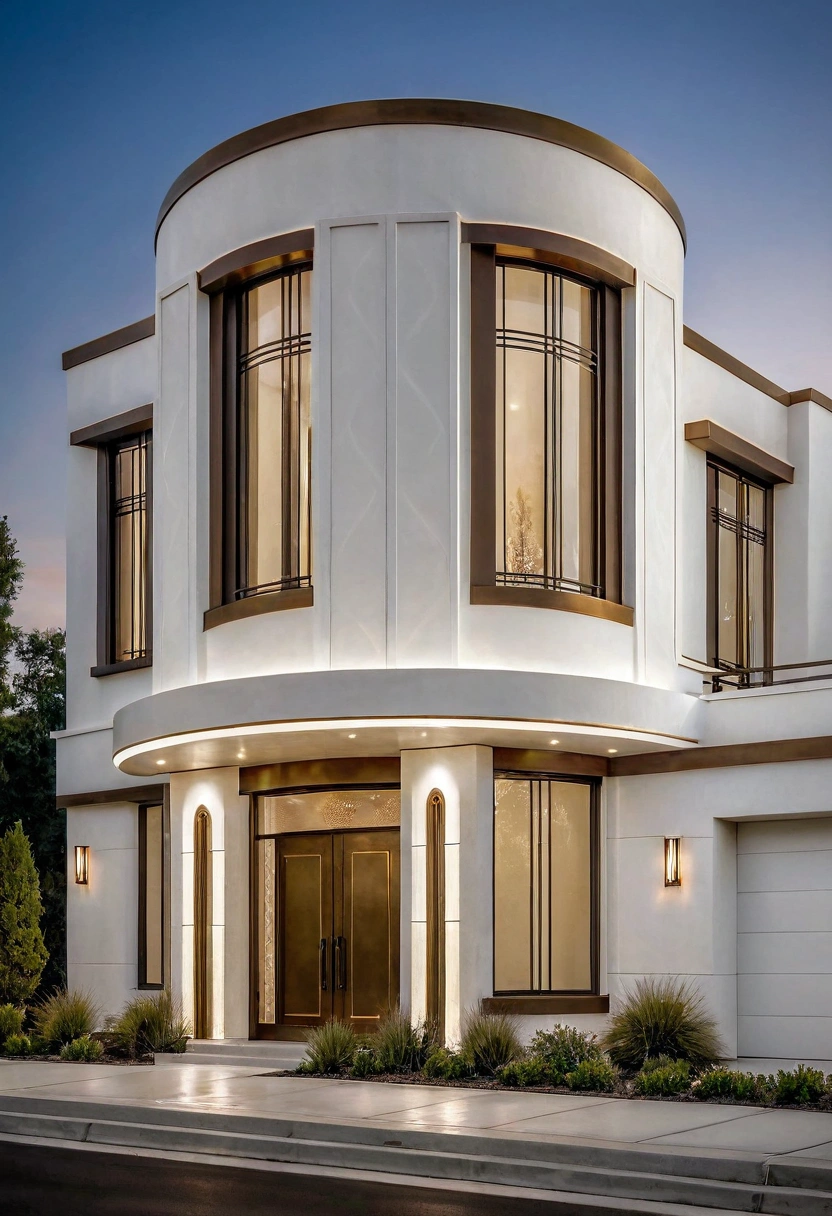
This stylistic approach often appeals to homeowners wanting classical elegance with contemporary functionality. Historical references combined with modern materials typically provide cultural sophistication while offering improved performance.
Design consideration: Historical revival often requires research for authentic proportions while modern interpretations should honor rather than caricature original design principles.
Practical benefit: Classical references typically provide timeless appeal while modern construction methods can offer improved durability, efficiency, and reduced maintenance requirements.
Understanding Modern Facade Design
Through various contemporary residential projects, I’ve observed that successful modern facade design often balances innovative aesthetic expression with practical building performance requirements. These approaches typically succeed because they consider both immediate visual impact and long-term functionality while addressing specific site conditions and family lifestyle needs.
The modern facade approach often works well for contemporary homeowners because it typically provides opportunities for personal expression while offering improved building performance compared to traditional construction methods. Effective implementation usually involves understanding local climate conditions, building codes, and neighborhood character while selecting materials and systems that provide lasting beauty and functionality.
Planning considerations often include assessing site orientation for optimal energy performance, local building codes that may affect design options, and budget allocation between architectural features and building systems. Many successful projects prioritize key character-defining elements while ensuring that all facade components work together to provide weather protection, energy efficiency, and maintenance accessibility.
Remember: For any major architectural projects, facade installations, structural modifications, or comprehensive home construction, always consult with licensed architects, engineers, and contractors to ensure proper design, code compliance, and integration with local building requirements and site conditions.

